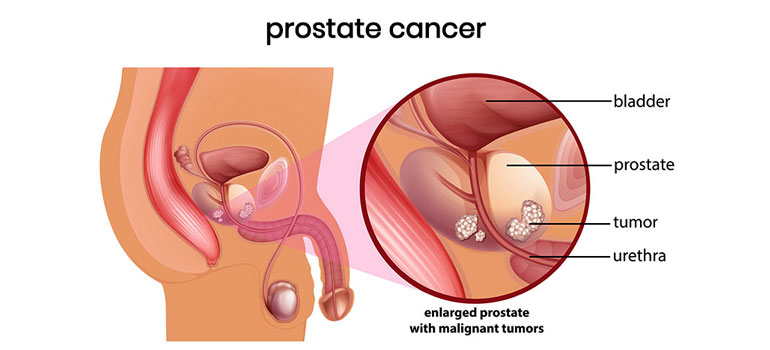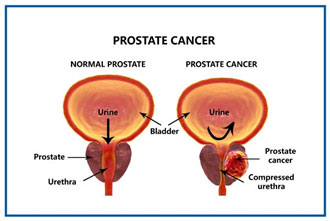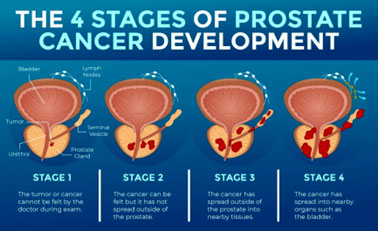
Prostate cancer can be more virulent or aggressive if found in younger individual.. Older the age of a man slower is the growth of prostate hence, it is important to screen further prostate regularly after the age of 50.

These symptoms may or may not be present in early stage of prostate cancer. Hence, the regular screening is required. If the Prostate Cancer is detected and treated early the survival chances are greatly increase.

Further, the specific anti-cancer drugs are used in advanced, metastatic or recurrent cancer where even hormone therapy also failed. The urologist doctor will decide on the drugs to be used with combination or any other treatment.
Treatment for prostate cancer is often successful in removing cancer cells and tumors. This is both exciting and relieving, but can also be scary and stressful. Many men worry about the cancer returning and how to get back into their daily routines.